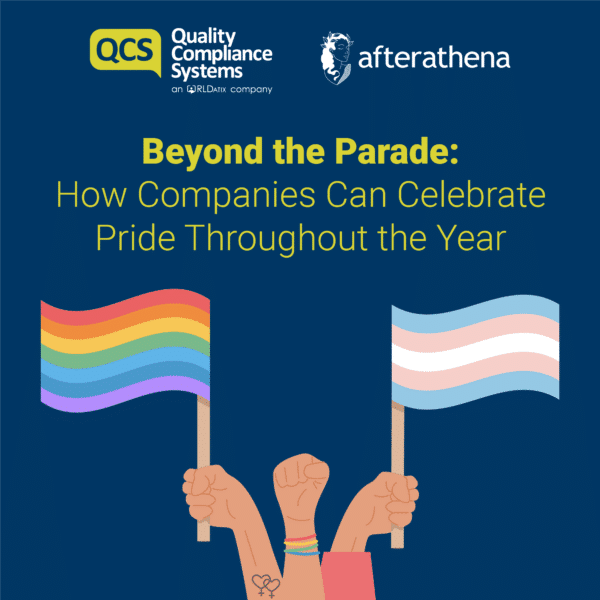June is officially Pride month and is therefore a key time for organisations to be reminded of their duties in respect of equality and diversity within the workplace and the importance of ongoing efforts year-round.
The Equality Act 2010 protects people from discrimination, harassment and victimisation during all stages of the employment relationship, including in relation to recruitment, terms and conditions, promotions, transfers, dismissals, and training. Therefore, in today’s society, fostering equality, embracing diversity and supporting worker’s gender identity and LGBTQ+ workers is essential for creating and maintaining a thriving and inclusive workplace, as well as ensuring compliance with the law.
What is Gender Identity and LGBTQ+?
- Gender Identity is a person’s identification of their gender, which could be binary, nonbinary, fluid or neutral
- LGBTQ+ stands for lesbian, gay, bisexual, transgender, queer/questioning (ones sexual or gender identity) and all other gender identities and sexual orientations which are not specifically covered by the initials
Good employment practices
To support employers, we have identified some key strategies for how organisations can ensure that everyone feels respected and valued within the workplace:
1. Clear policies
Organisations should ensure that they have clear policies surrounding diversity, equality and inclusion, equal opportunities, bullying and harassment, gender identity and transitioning whilst at work. They should ensure that these policies are up to date with an aim to remove outdated stereotypes and explicitly prohibit discrimination, bullying and harassment.
2. Education and training
All members of staff should engage in compulsory equality and diversity training sessions as part of their induction and at regular intervals thereafter. The training should raise awareness surrounding gender identity and LGBTQ+, the terminology, the challenges faced by their LGBTQ+ colleagues and aim to address unconscious bias and promote understanding amongst all staff members.
3. Equal opportunities
Recruitment, promotion and selection exercises should be conducted based on merit, against an objective criteria, so as to avoid discrimination. When recruiting and promoting, organisations should take steps to improve the diversity of the workforce and provide equality of opportunity.
Organisations may elect to adopt a diversity and inclusion strategy similar to which the BBC rolled out in 2016. The strategy set a target to achieve 8% of its workforce being made up of individuals from the LGBT community by 2020. This was successfully achieved.
4. Facilities
Organisations should ensure that toilet and changing facilities allow workers to use the facility which aligns with the worker’s gender identity.
5. Dress code
Workers should be permitted to dress in a way which corresponds with their gender identity whenever possible. This may require revising the organisations dress code policy.
6. Support programs
Organisations should look to introduce specific programs and initiatives to support workers gender identity and LGBTQ+ workers. These programs should offer a safe environment where individuals can connect, share experiences and find support.
7. Championing inclusion
It is important for organisations to show their commitment to equality and diversity beyond the workplace. Organisations should therefore try to actively engage in local LGBTQ+ events, Pride celebrations and provide sponsorships for LGBTQ+ community events.
Let’s continue working towards a workplace where everyone feels respected and valued!






